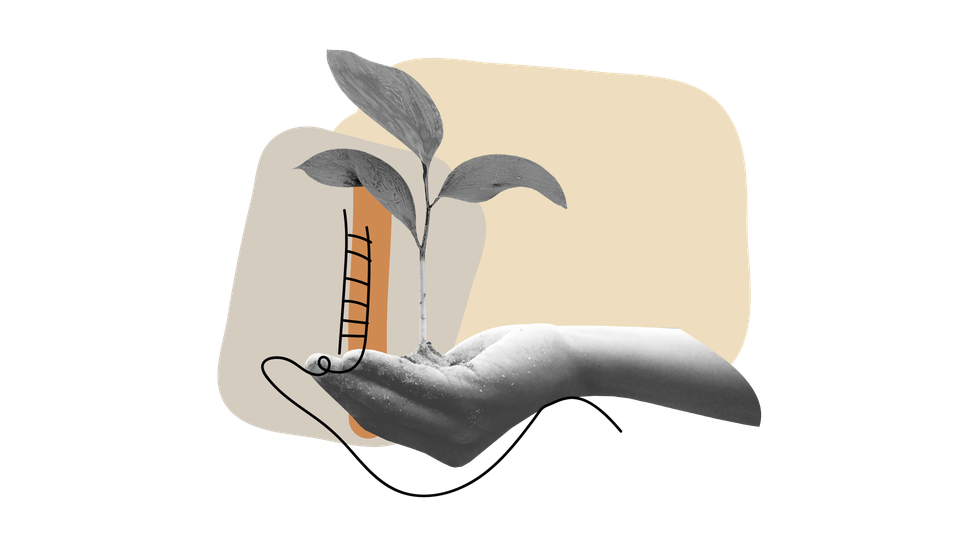1. Be clear on the purpose
Revisit and consider the purpose of the organization; what is its core reason for being and its impact on the world? Engage with stakeholders and their acute needs, ‘gut check’ and test your decisions in an uncertain time against your purpose, bring your greatest strengths to bear on the strategic challenges and involve employees in the choices to be made.
2. Embrace uncertainty and look to the future
Engage with the ‘fog’ of the future by actively investigating the environment your organization operates in. Challenge your thinking with what is plausible and what is possible. Look to the future and work backward by examining customer and macro trends, how they are likely to converge, and what inflection points in your industry may arise to assess the implications. Use scenario planning and structured conversations to stretch your thinking.
3. Build strategic resilience through digital ecosystems
Many organizations that have adapted well to the pandemic had an existing digital component to their operating model. The crisis has accelerated the transition to more digital operations and for those organizations with a ‘just in time’ global supply chain identified the need to create a more robust operating model that can absorb such a global shock. Organizations should look to reimagine their ‘ecosystems’ – relationships with their partners that are interdependent with a mutual impact on the core business of all partners in the system- and the digital coordination mechanism which will underpin this.
4. Balance your defensive and offensive moves
Research from past crises shows that 80% of surviving organizations take more than 3 years to get back to where they were prior to the recession. Those organizations that performed best and thrived balanced their efficiency measures with investment in assets and market development for growth. Do not double down on only cutting costs, also seek out the opportunities to build a portfolio of growth options backed with sufficient resources.
5. The fundamentals of good strategy are still true
It is still about where to play and how to win. If there is demand shock, barriers to entry are low and many organizations can imitate what you do you will be vulnerable with no sustainable advantage. The pandemic has not changed what makes good strategy, but it may have accelerated the disruption in your market. You should analyze to understand how to address demand, differentiate your value proposition, and execute brilliantly.
Having survived the immediate impact of the pandemic, use good strategic thinking to ensure the long-term success of your organization. As Doc Brown in Back to the Future says, ‘Your future is whatever you make it, so make it a good one’.
Paul Griffith is a Professor of Practice in Strategy and Innovation at Hult International Business School where works with executives and organizations to drive strategy, innovation, and customer-centricity in their business.




)